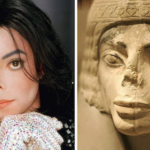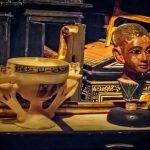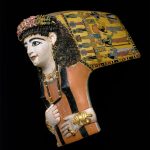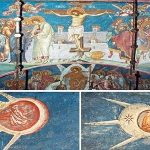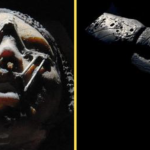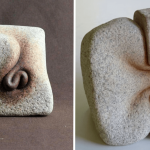Investigating the 11,000-Year-Old Urfa Man (Balıklıgöl Statue): Uncovering the Origins

In the realm of archaeology, few discoveries capture the imagination quite like the enigmatic statue known as Urfa Man, also referred to as the Balıklıgöl Statue. Crafted over 11,000 years ago, this remarkable artifact emerged from the depths of time, offering tantalizing glimpses into humanity’s distant past. Discovered serendipitously during road construction near Şanlıurfa Balıklıgöl in 1993, Urfa Man stands as a testament to the ingenuity and artistry of our ancient ancestors.
At first glance, Urfa Man is a striking figure, carved from limestone with meticulous attention to detail. Yet, it is the haunting presence of black obsidian, strategically placed within the statue’s deep eye sockets, that lends an aura of mystery and intrigue to this ancient masterpiece. As the oldest known life-size human sculpture, Urfa Man beckons archaeologists and historians alike to unravel its secrets and uncover the truths concealed within its ancient visage.
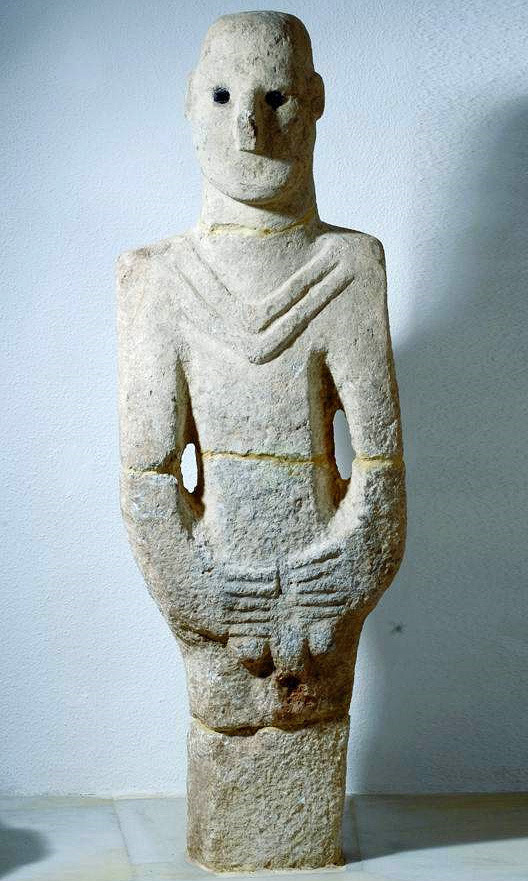
The discovery of Urfa Man not only sheds light on the artistic prowess of early civilizations but also offers invaluable insights into the cultural and religious practices of prehistoric communities. Scholars speculate about the significance of the obsidian eyes, pondering whether they symbolize spiritual beliefs, ritualistic practices, or perhaps serve a more practical purpose in the sculptural narrative of antiquity.
Furthermore, the circumstances surrounding Urfa Man’s discovery add an element of fascination to its narrative. Found by chance amidst the bustle of modern construction, this ancient relic serves as a poignant reminder of the delicate balance between progress and preservation. In a world where urban development often encroaches upon archaeological sites, the discovery of Urfa Man underscores the importance of vigilant stewardship in safeguarding our shared heritage.
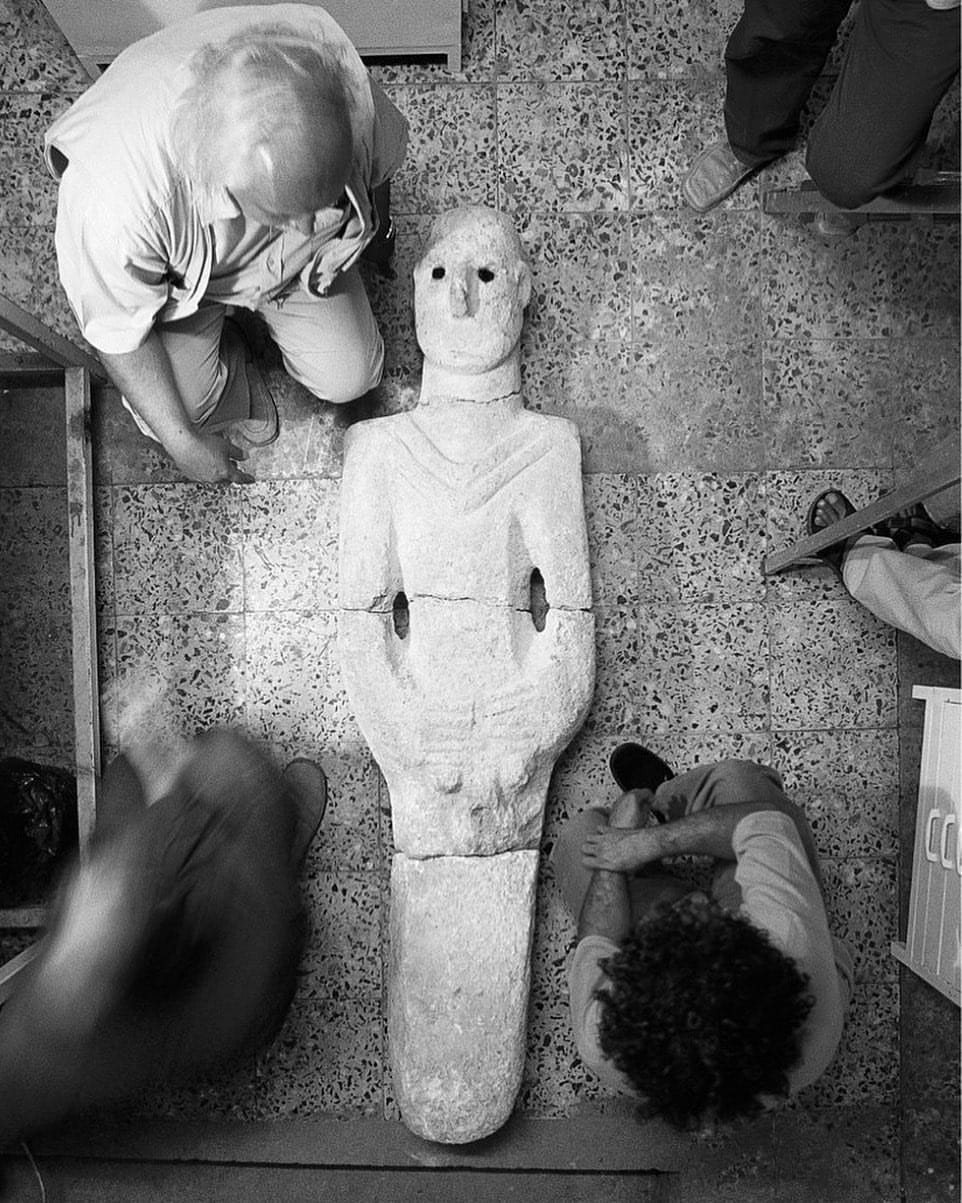
As archaeologists meticulously examine Urfa Man, employing cutting-edge technologies and interdisciplinary approaches, each revelation brings us one step closer to unlocking the mysteries of our ancient past. Through painstaking analysis of the statue’s material composition, craftsmanship, and cultural context, researchers endeavor to reconstruct the world in which Urfa Man was conceived, sculpted, and venerated.
Moreover, Urfa Man serves as a bridge connecting modern society to its primal origins, inviting us to contemplate the universal themes of identity, mortality, and the human experience across time and space. In its weathered contours and inscrutable gaze, we glimpse echoes of our own humanity, transcending the millennia that separate us from our ancient forebears.

In the hallowed halls of museums and research institutions, Urfa Man stands as a silent sentinel, bearing witness to the passage of time and the ebb and flow of civilizations. As we marvel at its antiquity and ponder the mysteries it holds, we are reminded of the enduring power of art and archaeology to illuminate the past and inspire future generations.
Thus, let us embark on a journey of discovery and wonder, as we delve into the depths of history and unravel the enigma of Urfa Man. For in its silent eloquence, this ancient statue beckons us to explore the rich tapestry of human existence, where each fragment unearthed brings us closer to understanding the essence of who we are and where we come from.

